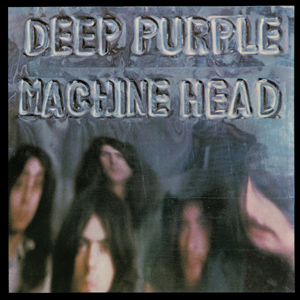
I have a million good resources to stock wilderness areas. Choosing between them and then deciding how to apply them is the trick. My main source material for this latest campaign has been the monster encounter tables from the B/X rulebooks, and the Judges Guild random ruins tables to give the areas some character. Once you're used to the JG tables, one line can easily provide a launching point for tons of spot detail. But every ruin having a monster ends up being a bit excessive. And you certainly don't want a substantial treasure at each location. Nor do you want every entry to be a deathtrap. Of course you can just use your judgement, but the programmer in my likes to have a methodology to start with (which I then freely ignore to taste).
Then it occurred to me - why not just stock the hex like I was stocking a dungeon?
Using the dungeon room contents table from B/X, 2 of 6 rooms have a monster, 1 in 6 a trap, and 1 in 6 have "special" contents (the remainder standing empty). Rooms with monsters have treasure fully half the time, while trapped and empty areas contain loot less frequently (2 and 1 in 6, respectively). This, for me, is a perfectly acceptable ratio for outdoors areas, and it's scalable to whatever level of detail / population density / ruin frequency you want.
For example, I needed to stock a 10 hex x 10 hex area in a hurry for our last game. I went through every hex in order, rolling d2 ruins results for each one. For each of these ruins, I rolled the standard d6 dungeon contents roll - if monster was indicated, I stocked the lair from the Expert Set tables (note that more than a few of these end up being men or demihumans). If it came up trap, the item/location was described as being potentially harmful to the players (this is a great way to throw in wilderness hazards like rockfalls and quicksand, BTW). "Special" results got "lost world" / weird fantasy-type stuff (gates, lasers, dreamworld crap, etc.), and empty "rooms" just got an unihabited / unguarded ruin or relic.
This process went smoothly enough with a notebook just jotting notes - when I added Tablesmith to the mix, it got a hell of a lot faster. JudgesGuild.com has the Ruins & Relics tables in TS format, which is just beyond fucking awesome. (TS is free to use, but there's a $10 registration to disable the nag - I STRONGLY advise you to check out the program and see if you don't think 10 bucks is actually a steal, and to consider registering.) This is an amazing piece of software for anybody that loves tables. You know you want it.
So, basically I end up with 100 hexes, each with one or two "somethings" in it (on top of the handful of locations already included from the Silver Princess wilderness map). Enough of those are monster lairs that you can get in a fight in maybe every other hex without me adding new creatures to the map, which is about right for the "first stock" by my tastes. As the players wander they'll uncover (and/or slaughter) map contents gradually, but the timed encounters will also _add_ new results to the map - so "restocking" is, I guess, almost automated? We'll see how that works in play, at least.
- DYA




Tablesmith is the shit! I had to write a TS-alike for myself to use when I got rid of windows, much more primitive - that damm program is too good!
ReplyDelete